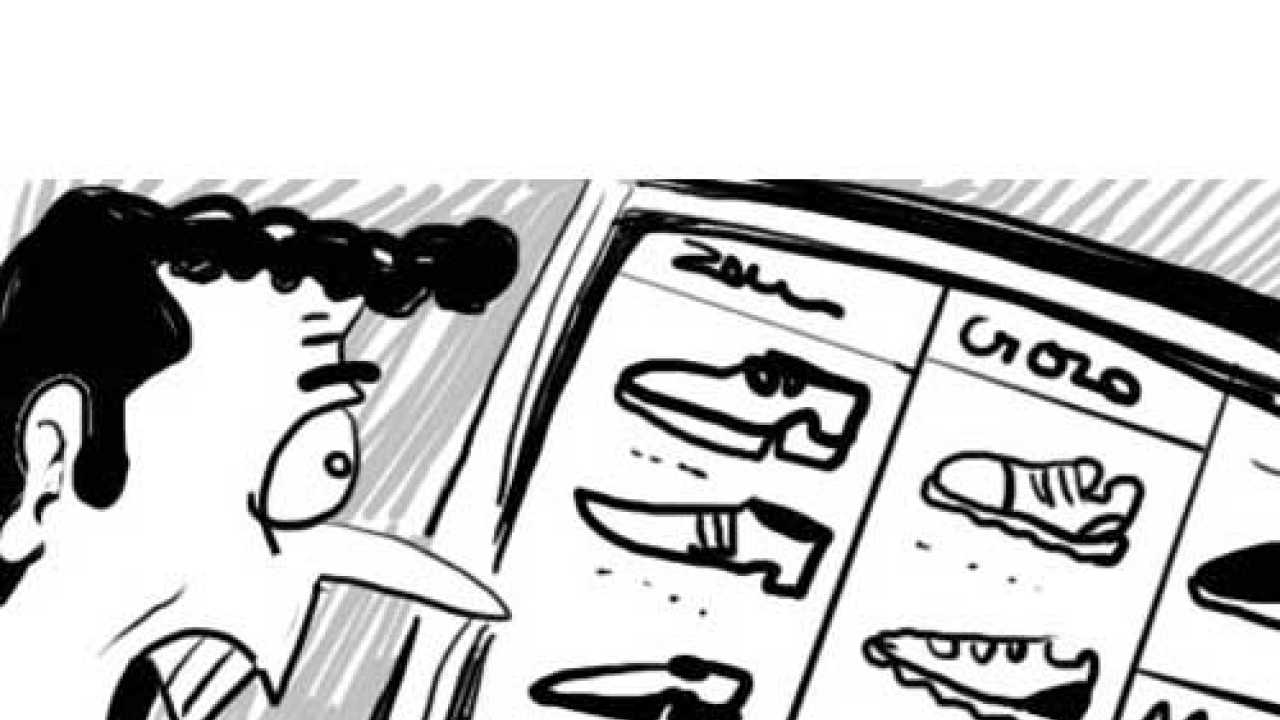
The wonderful aspect of change is that no one actually controls it. Even as leaders across the political spectrum are busy hurling churlish abuses at each other, the Indian consumer is coping with falling income and rising prices.
Conspicuous consumption in India is seeping deeper and deeper into the country. FMCG giants, consumer electronic companies and telecom service providers find higher growth coming from towns and habitats with population between 10,000 and 100,000.
This is a significant shift from the time when leading brands preferred metros while small towns remained dependent on unbranded or low-quality branded products. Media has played the role of a great leveller. Consumers in Mumbai and Delhi see the same ads on TV as do the residents of towns like Indore or Itanagar.
While media took messages to all parts of the country, the delivery of products was often uneven. Consumers also did not have direct access to detailed information and price comparisons of products. These hurdles are crumbling with the rise of online shopping.
Consumers from across the country have access to identical products that can be bought online. Moreover, they can compare prices, products and features without trudging to several shops.
Not surprising then is the creation of a new generation of consumers. A recent study by Boston Consulting Group (BCG) calls this group the “Digitally Influenced” consumers.
These consumers don’t just shop online. But they use the internet to sharpen their decision-making. “Although online purchases are just a small portion of commercial activity today, the internet’s influence on buying decisions is growing rapidly,” says the BCG report.
This digital influence affects $30 billion of consumer spending in India, more than five times of actual e-commerce. BCG expects it to reach $150 billion in India by 2016.
The inventive Indian consumer uses the internet for both research and actual purchase.
The consumer has built a seamless model that combines online and offline consumption of information and product. Consumers surf the net relentlessly for the right product and price. Then they home in to the preferred retailer for the actual purchase.
Post-purchase online engagement like trouble shooting and renewal of services are low but growing.
BCG’s research shows that 34 per cent of internet users are from tier 2, 3 and 4 cities and 25 per cent are from rural areas. For these consumers discounts, convenience and variety are important.
While increasing access of internet through mobile devices is the obvious enabler of digital consumption, lower cost of telecom services will help too.
As always, some government and corporate policies are behind the consumption curve. Ideally, the digital influence should convert into online commerce. But the conversion rate remains low. Several issues continue to handicap the explosion of online commerce.
Electronic payments are still not considered safe and consumers still find it tough to hold online retailers accountable for bad deliveries. Patchy internet connections add further fear of faulty online payments for consumers.
Change will continue. Consumers and retailers will find inventive ways of efficient purchases. Higher accountability in the entire purchase chain will boost the confidence of online shoppers. Industry and government will have to actively collaborate to ensure that change is hastened not hobbled.
The author tracks India’s political economy and its engagement with the world.